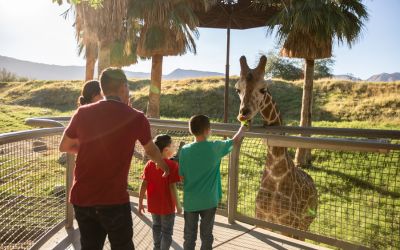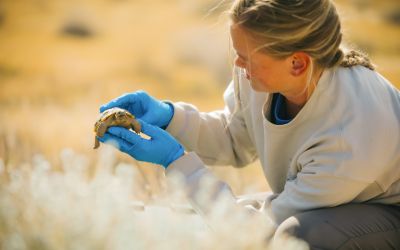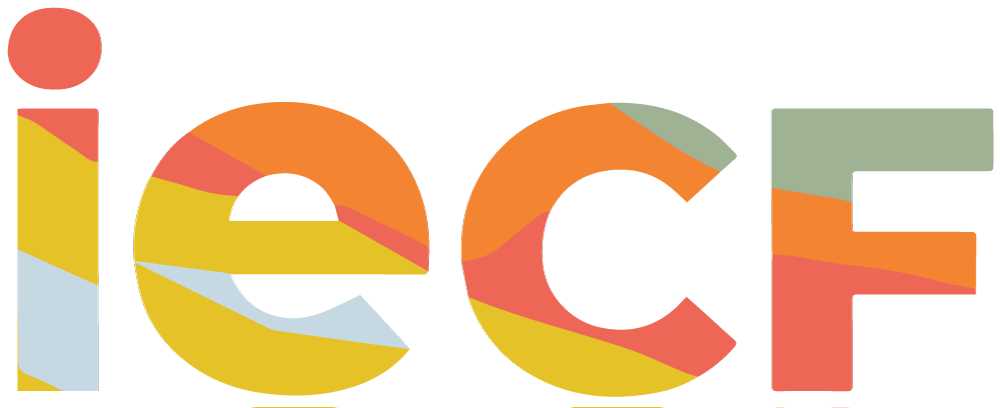 A grant from the FitzDell Gifting Fund at Inland Empire Community Foundation (IECF) is helping The Living Desert Zoo and Gardens continue its wild legacy.
A grant from the FitzDell Gifting Fund at Inland Empire Community Foundation (IECF) is helping The Living Desert Zoo and Gardens continue its wild legacy.
This beloved nonprofit, which relies on philanthropic support to operate, has served the region for more than 50 years.
“We are a 100 percent non-profit zoo and botanical garden,” said Jeff Petrovic, Chief Development Officer of The Living Desert. “We don’t get any ongoing city funding so every dollar we receive from our supporters regardless of where it comes from is important to our success and our mission.”
The recent grant is made possible through a donor advised fund (DAF) at IECF—a popular choice among donors who value the ability to recommend grants to the charities and causes they care about most.
“If it weren’t for those donor-advised funds being held at the Inland Empire Community Foundation, I don’t know if we would see these dollars,” Petrovic added. “DAFs make it so easy for donors to give to their favorite nonprofits.”
To be sure, The Living Desert is one of the region’s standout organizations. It represents the desert environments of North America, Australia, and Africa, and features more than 150 species, 1,200 protected acres, and many miles of hiking trails.
As an Association of Zoos and Aquariums (AZA) accredited zoo and botanical garden, The Living Desert is a frequently visited haven for both locals and visitors.
“We have 80 different projects happening in 12 countries around the world,” Petrovic said. “Which is pretty spectacular. People are always so pleasantly surprised when they find out we’re an international conservation organization.”
He makes note of the state reptile, the desert tortoise, which is now a protected species.
“We have a headstart program for the desert tortoise because they’re threatened right now. The raven population is out of control—really because of humans,” he said. “Ravens have an endless food supply when we don’t cover our trash cans, or we don’t cover our dumpsters.”
“All that extra food that we throw away become part of the ravens’ endless food supply,” he added. “So, their population has increased dramatically.”
Ravens also love to consume baby tortoises.
“When tortoises are very small, their shells are easily breakable by the ravens,” Petrovic said. “Unfortunately, that becomes one less tortoise that we have in the wild. The Living Desert Zoo and Gardens, along with the San Diego Zoo, have a partnership where we go out and harvest tortoise eggs from the wild, bring them here to the Living Desert, incubate them, help them to hatch, and then we grow them to a certain size.”
The result keeps these animals in the perfect environment at the perfect temperature, and perfectly fed to help them grow quickly and get to a specific size.
Meanwhile, the organization flourishes with a variety of offerings, such as the newly opened Bighorn Cafe and the Oasis Splash Pad. The café seats 150 people. The new splash pad allows guests to visit in the warmer months, and even in cooler months, providing opportunities to enjoy yet another fun activity while visiting the grounds.
Oasis Splash Pad is included in the price of the zoo entrance.
In the meantime, the organization’s mindful outreach is considerable. It includes international field conservation efforts, local habitat restoration, and on-site initiatives.
Community engagement is a big part of the picture, as The Living Desert looks at why some species are struggling and works with the community to help turn things around.
Providing social science training to conservationists around the world is another key part of their work.
The Living Desert also collaborates with youth, community leaders, and local businesses, which fosters a more holistic approach that enhances human and wildlife co-existence.
Petrovic praises the community’s support. This comes through membership, donations, zoo adoptions, volunteering, and even the nonprofit’s Adopt a Train program. That program supports the center’s G-scale model train exhibit, which provides a stellar miniature view of the Coachella Valley’s historic past, featuring real plants and climate zones.
Adopting a train supports the project’s maintenance and upgrades, making this creative arm a unique gift for guests and train enthusiasts.
All of these elements enliven the overall successful enterprise. Petrovic also points out that by connecting guests to individual animals in immersive habitats, The Living Desert can create conservation advocates for nature and wildlife.
Learn more at www.livingdesert.org
This story originally appeared in the Desert Sun, May 2025.
Stay up to date on all the good work we’re doing through the power of philanthropy. Sign up for our eNewsletter, Philanthropy Matters, today.


